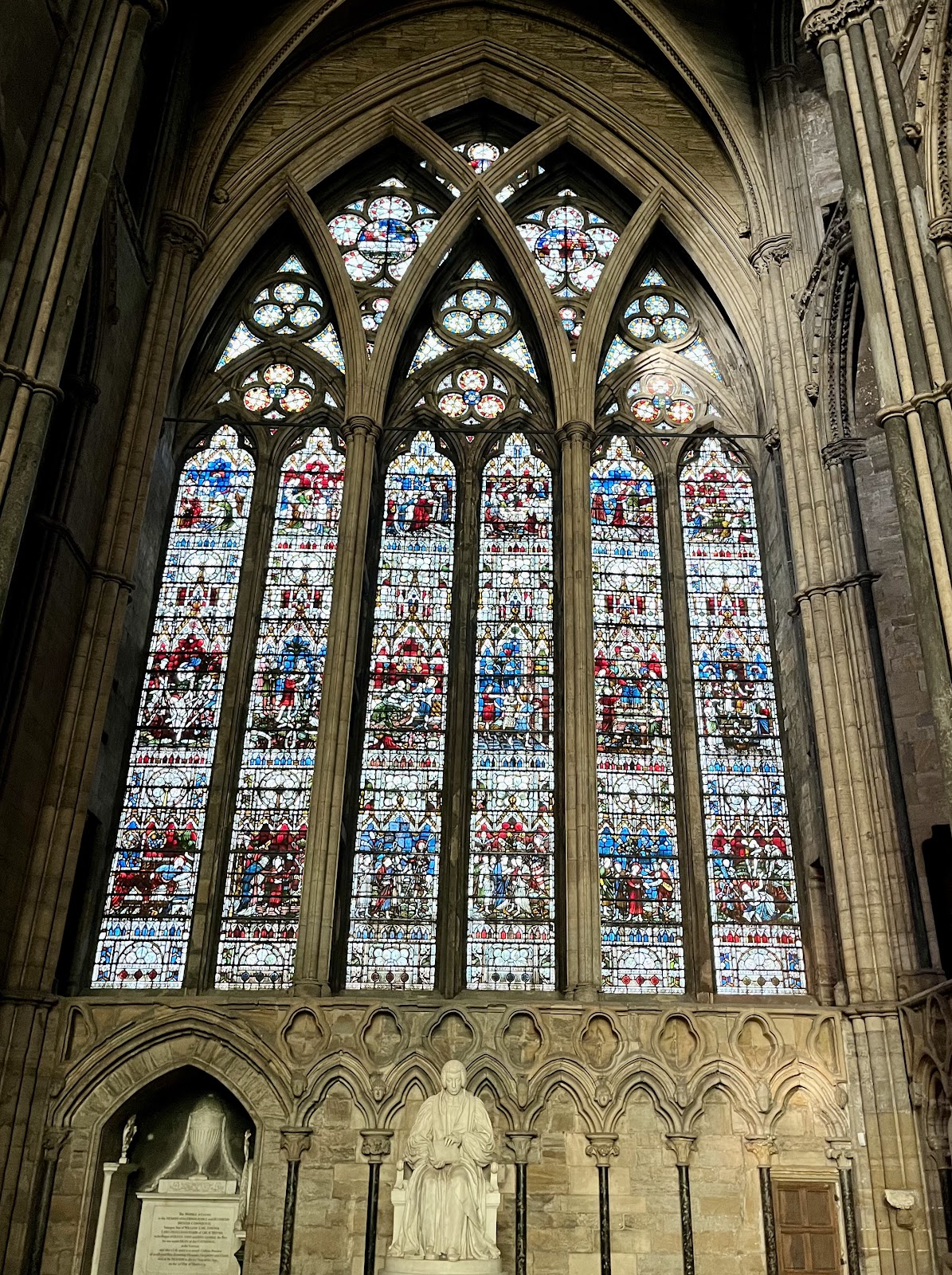The Napoleonic Wars podcast has been running a series on Napoleon's Greatest Marshals. The format involves guests pitching for one of the Marshals, the panel discusses and listeners are encouraged to comment and vote. The latest edition features a series of underdogs, as pitches are heard for Oudinot, Poniatowski, Grouchy and Marmont.
I delivered the pitch for Auguste Frédéric Louis Viesse de Marmont, Duke of Ragusa, or the Balkan Marshal as I prefer to call him. I admit, something of an underdog in this contest, but I argue that the predominant Anglo-Centric view of the Napoleonic Wars often ignores events outwith the Peninsular. Marmont was a more rounded professional than most of his contemporaries, To use a cricket analogy, he could bat at number 5 and still bowl the opposition out. Perhaps the most educated and cultured of the Marshals and one of the few to write a thesis on the art of war. A talented strategist, understanding the art of command and the movement of troops. His military, diplomatic and administrative skills make him the premier Marshal of France. He also has the best portrait!
For those not familiar with Marmont, here is a short biography, as we were asked to pitch qualities rather than simply tell a story.
Auguste Frédéric Louis Viesse de Marmont, Duke of Ragusa, was born in 1774 into an army family. His father was a former officer and a member of the petite noblesse, but like many of that class, he adopted the principles of the Revolution. His father made him learn mathematics before entering the artillery. Here, he met one Napoleon Bonaparte, serving together at Toulon.
Marmont became Bonaparte's aide-de-camp, stuck with him during his disgrace and accompanied him to Italy and Egypt, winning distinction and promotion to general of brigade. In 1799, he returned to Europe with him. He was present at the coup d'état of the 18th Brumaire and organised the artillery for the expedition to Italy, which he commanded with great effect at Marengo. For this, he was at once made general of division. In 1801, he became inspector-general of artillery and, in 1804, grand officer of the Legion of Honour. In 1805, he commanded a corps at the great manoeuvre of Ulm.
The peace with Austria gave France new territories in Dalmatia. He took possession of much of Dalmatia despite a powerful Russian force with a small army and occupied the Republic of Ragusa. For the next five years, he was military and civil governor of Dalmatia, and traces of his rule still survive in public works and memory. In 1808, he was made Duke of Ragusa. In the 1809 campaign, he advanced from Dalmatia and defeated Gyulai's corps in the Battle of Graz before marching to support Napoleon at Vienna and in the Battle of Wagram. He got his Marshals baton after that battle.
After Massena failed in Spain, Napoleon turned to Marmont for another independent command. He outmanoeuvred Wellington in the relief of Cuidad Rodrigo. He was defeated at Salamanca. But he was wounded early in the battle, along with his deputy, and command went down to Clauzel. After recovering from his wounds, he served in the 1813 campaign, commanding a corps at Lützen, Bautzen and Dresden. He then fought throughout the great defensive campaign of 1814, fighting a skilful retreat. At this stage, he and others recognised the game was up, and he led negotiations with the Allies.
He stuck to his oath to the Bourbons and didn’t rejoin Napoleon at Waterloo. He also voted in favour of Ney's execution. He held many posts during the restoration and was major-general of the guard on duty during the July 1830 Revolution. Although he disagreed with his orders to put down the revolution, he did his best but was overwhelmed. Charles X initially ordered his arrest, but he left France with him. He wandered Europe, even becoming the Austrian appointed tutor to the Duke of Reichstadt, the young man who had once for a few weeks been styled Napoleon II. He died in Venice in March 1852, the last living Napoleonic marshal.
And if you don't subscribe to podcasts, here is the pitch in a written format.
Hi. My name is Dave Watson, and I am pitching for Marshal Auguste Marmont, Duke of Ragusa. For me, the Balkan Marshal is an obvious choice, but he is perhaps something of a challenge in this project. When most English-speaking Napoleonic buffs think of Marmont, they immediately think of Salamanca. That battle may not have been his finest moment, but I would ask you to look at his record more broadly.
Marmont was born into an army family and entered the artillery. Here, he met one Napoleon Bonaparte, serving together at Toulon. His early military service highlights include:
• Bonaparte's aide-de-camp in Egypt, winning distinction and promotion.
• Organised the artillery in subsequent Italian campaigns.
• Commanded a corps at the great manoeuvre of Ulm 1805
The peace with Austria gave France new territories in Dalmatia, where I first came to appreciate Marmont in the research for my book on the Napoleonic Wars in the Adriatic. He took possession of much of Dalmatia with a small army despite a powerful Russian force. For the next five years, he was military and civil governor of Dalmatia, and traces of his rule still survive in public works and memory. He introduced the rule of law prison reform and abolished torture and flogging (playing to Zac here!). He created schools and colleges. Most South Slav historians agree he ruled well, and streets were named after him until WW2. He was liked despite having to finance the cost of the French administration and fund war reparations.
The Illyrian province's appointment was challenging, given the geography and the different religions and nationalities. His staff included interpreters speaking seven different languages. Marmont learned Croatian and sponsored a dictionary. He also built effective diplomatic relations with the Bosnians and Ottomans.
His Balkan campaigns may not be well understood in Britain, but they weren't a sideshow to Napoleon. Writing to his brother Joseph, then King of Naples, he said, ‘Corfu is so important to me that its loss would deal a fatal blow to my plans. The Adriatic would be closed, and your kingdom would have on its left flank a port where the enemy could assemble to attack you. You must regard it as more valuable than Sicily. Mark my words: in the current situation in Europe the worst misfortune that can happen to me is to lose Corfu.’
Militarily, Marmont performed brilliantly in Dalmatia, making what John Elting calls "a remarkable 300 mile march through frequently roadless country, scattering two Austrian forces, but clinging to his independent status..." He fought in challenging conditions, with two successful incursions into Bosnia to defeat Ottoman forces and deter raiding. The Austrians struggled to do the same.
In the 1809 campaign, he advanced from Dalmatia and defeated Gyulai's corps in the Battle of Graz before marching to support Napoleon at Vienna and in the Battle of Wagram. After that, he got his Marshals baton, although his detractors pointed out that Napoleon said, "Between ourselves, you have not done enough to justify entirely my choice." That was a bit ungrateful, although it may reflect the fact that Marmont had a detached command for most of the campaign. He delivered independently when others operated mainly under the Emperor's supervision.
After Massena failed in Spain, Napoleon turned to Marmont for another independent command. He outmanoeuvred Wellington in the relief of Cuidad Rodrigo. Yes, he was defeated at Salamanca. But he was wounded early in the battle, along with his deputy, and command went down to Clauzel. After recovering from his wounds, he commanded a corps in the 1813 campaign. He then fought throughout the great defensive campaign of 1814, fighting a skilful retreat. At this stage, he and others recognised the game was up, and he led negotiations with the Allies.
He stuck to his oath to the Bourbons and didn’t rejoin Napoleon at Waterloo. He held many posts during the restoration and was major-general of the guard on duty during the July 1830 Revolution. Although he disagreed with his orders to put down the revolution, he did his best but was overwhelmed. He died in Venice in March 1852, the last living Napoleonic marshal.
Why does Marmont not get the recognition he deserves?
• In the English-speaking world, there is no biography. His memoirs were published in French after he died in 1857, and there is a long, out-of-print 1968 French biography. In any case, we are obsessed with the Peninsular War and Waterloo in Britain, and Marmont excelled in less fashionable theatres of war.
• Bonapartists hated him because they claimed he 'betrayed' Napoleon in 1814. And he didn't return to the fold in 1815. This showed superior political judgement and honoured the oath he had just given the Bourbons. In French, the verb "raguser"—derived from his title, the Duke of Ragusa- was a household word in France that meant "to betray".
• The Royalists also disliked him because they claimed he did not put down the 1830 revolution.
In conclusion, he was the most rounded of the Marshals. To use a cricket analogy, he could bat at number 5 and still bowl the opposition out. Perhaps the most educated and cultured of the Marshals and one of the few to write a thesis on the art of war. A talented strategist, understanding the art of command and the movement of troops. His military, diplomatic and administrative skills make him the premier Marshal of France.
There is more on Marmont in my book The Frontier Sea.





















































